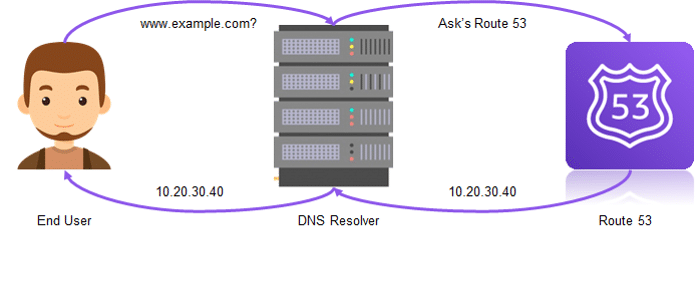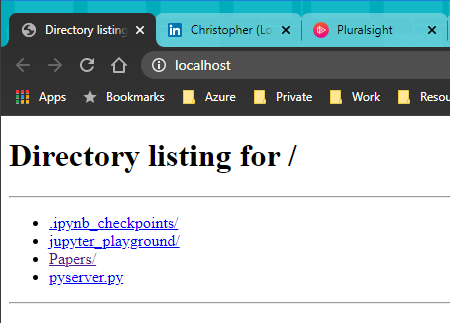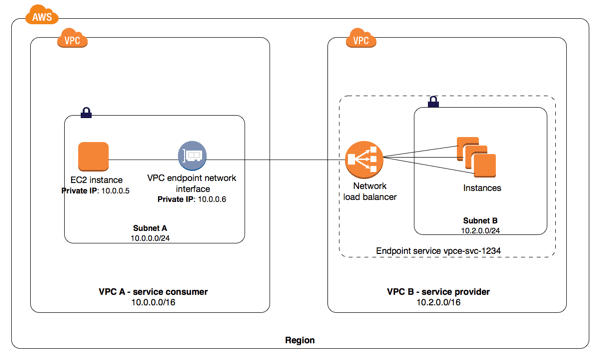
FTP is the most widely used method to transfer files over a networking connection. FTP can be used to move folders and copy, delete, edit, or delete text. While you can also use a browser to move your files, there are some reasons to use a standalone software client. FTP clients can help you protect your data.
FileZilla is a free and open source FTP client that allows you to transfer files over a network. It is compatible with most operating systems. The user interface makes it easy to browse large files and transfer them. Drag and drop files or folders from the left pane to the right, then enter the destination local directory in the center. It is possible to connect to multiple servers from one tab, which makes file transfers easy and quick.
Another free and open source FTP client is FireFTP. FireFTP is an add-on to Mozilla Firefox that supports FTP and SFTP protocols. It allows you to connect to any network and edit files. A great feature is the ability to set a schedule for unattended file transfers. You can choose between a free and premium version.

Cyberduck is another free FTP client for Mac. It's cross-platform and has a clean, clutter-free interface. You can upload and save files as well as preview them before saving. Additional features include support for Amazon S3, Google Drive and Microsoft Azure.
SmartFTP is a multifunctional and secure FTP and SFTP client for Windows. It supports file encryption, file synchronization between server and local folders, as well as email notifications for file transfers. It supports FTP as well as SFTP, SSL/TLS and a variety of other protocols. It includes an integrated text editor, an explorer interface, as well as scripting capabilities.
Free FTP for Windows is a basic FTP client with some useful features. If you want more than just a simple FTP client, you can check out the Ultimate edition, which has a full-featured terminal emulator. The paid version also allows you to set scheduled transfers, import/export your files, and sync with Google Drive and Google Drive Storage.
CoffeeCup is another free and easy-to-use FTP client for Windows. It supports several encryption types, such as FTPS over TLS, HTTPS, and SSH, and it can automatically create a ZIP folder for your files. It also offers advanced backup options. It can sync files selected, pause or cancel transfers and maintain your FTP server settings all in one place.

CloudMounter, a Mac-based FTP client that is free, offers a simple and efficient way to transfer files. It is easy to use Finder because of its deep integration. It allows you to map to several cloud platforms, such as Amazon S3, Google Storage or Microsoft Azure.
WinSCP, another standalone FTP client, is simple to use and secure. It has a slick interface, support for SFTP, SSH, a text editor, and many other features.
FAQ
What is Website Design Software?
The website design software can be used by graphic artists and photographers, illustrators, writers and others who are involved in visual media.
There are two main types for website design software. Desktop apps can be installed on your local computer. They also require that you install additional software. Cloud-based applications are hosted on the internet. This makes them great for mobile users.
Desktop Applications
Desktop applications may have more advanced features than cloud-based solutions but they aren’t always necessary. Some people prefer working exclusively on a desktop app, as they find it easier. Some people prefer to use the same tool, regardless of whether it is on a phone or a laptop.
Cloud-Based Solutions
Web designers who wish to save time or money should consider a cloud-based option. These services let you edit any type or document anywhere you have an internet connection. This means you can use your tablet to do some work while you wait for your cup of coffee to brew.
You will still need to buy a license if you choose to use a cloud-based program. You don't have to buy additional licenses for upgrading to the latest version.
These programs can be used to create web pages, if you have Photoshop, InDesign or Illustrator.
Do I Need Any Technical Skills To Design And Build My Site?
No. You only need to have a basic understanding of HTML/CSS. Online tutorials can be found that cover both HTML and CSS.
What kind of websites should I make?
This depends on your goals. You may choose to sell products online if you want to build a website. You'll need to build a robust eCommerce site to do this successfully.
Blogs, portfolios and forums are all popular websites. Each requires different skills. For example, to set up a website, you need to understand blogging platforms such WordPress or Blogger.
When you choose a platform, you will also need to figure out how to customize the look of your site. There are many themes and templates that you can use for free.
Once you've selected a platform to build your website, you can start adding content. Pages can include images, videos, text and links.
When you are ready to launch your new website, you can publish it online. Visitors can view your site online once it has been published.
Do I need a portfolio to get hired as a web designer?
Yes. You must have a portfolio to be considered for a job in web development or design. The portfolio must show examples of your skills and experience.
A portfolio typically includes samples from your past projects. These examples can showcase your abilities. Your portfolio should include everything from mockups, wireframes, logos, brochures, websites, and even apps.
What HTML and CSS are available to help me build my website?
Yes! If you've read this far, you should now know how to create a website.
You now know how to build a website structure. Now you need to learn HTML and CSS coding.
HTML stands for HyperText Markup Language. You can think of it as writing a recipe. You'd list ingredients, instructions, and directions. HTML can also be used to inform a computer if certain parts of text should appear bold, underlined and italicized. It's the language for documents.
CSS stands as Cascading Stylesheets. It is like a stylesheet that you use to create recipes. Instead of listing out each ingredient and instruction, you write down general rules for things like font sizes, colors, spacing, and more.
HTML tells your browser how to create a web page. CSS tells you how.
If you don't understand either of those terms, don't fret. Follow the tutorials and you will soon be creating beautiful websites.
Statistics
- Did you know videos can boost organic search traffic to your website by 157%? (wix.com)
- At this point, it's important to note that just because a web trend is current, it doesn't mean it's necessarily right for you.48% of people cite design as the most important factor of a website, (websitebuilderexpert.com)
- In fact, according to Color Matters, a signature color can boost brand recognition by 80%. There's a lot of psychology behind people's perception of color, so it's important to understand how it's used with your industry. (websitebuilderexpert.com)
- It enables you to sell your music directly on your website and keep 100% of the profits. (wix.com)
- Studies show that 77% of satisfied customers will recommend your business or service to a friend after having a positive experience. (wix.com)
External Links
How To
How to become a web designer?
Websites are more than just HTML code. It's an interactive platform that lets you communicate with users, and offer valuable content.
Websites are more than just a way to deliver information. They can also be a gateway to your business. It should allow customers to quickly find what they need, while also showing how you want them interact with your business.
The best websites allow users to do exactly the same thing they came here to do: search for what they need and then leave.
You'll have to learn technical skills and design aesthetics to achieve this goal. It is necessary to be familiar with HTML5 and CSS3 coding, as well as the most recent developments in JavaScript and other programming languages.
Additionally, you will need to be able to use different tools such as Photoshop, Illustrator and InDesign. These tools allow designers to create and modify website layouts and graphics. The style guide includes everything you need, from fonts, colors, and layout.
Begin by learning about the subject, taking online courses, and enrolling in college programs if you want to become a web developer.
It might take months or years to complete your degree program, but once you've earned a degree, you'll be ready to enter the workforce.
Don't forget to practice! It will be easier to create great websites the more you learn how to design.